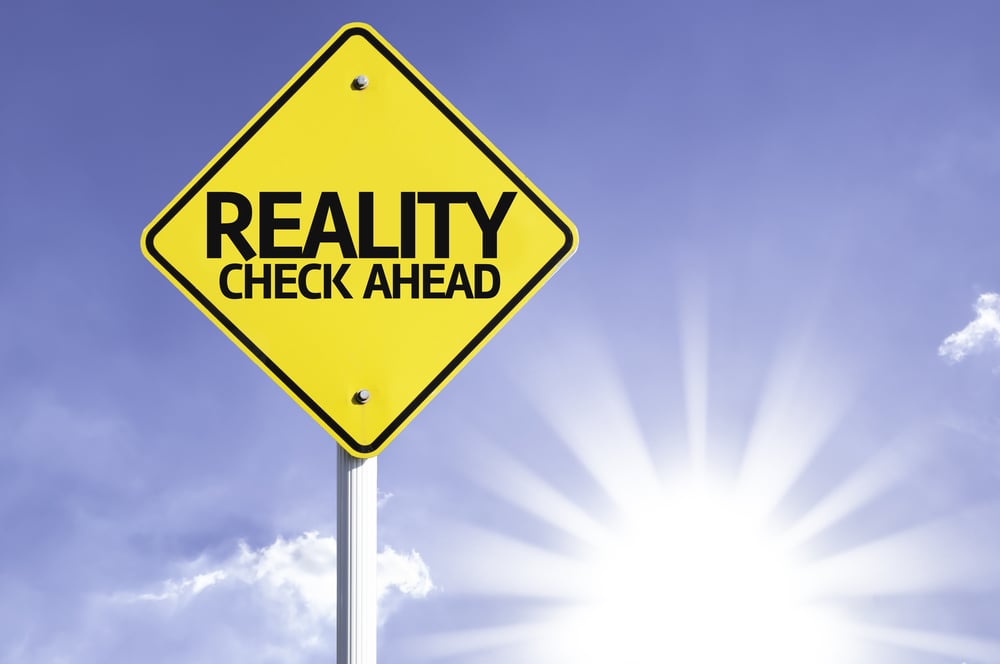
When you think about accounts receivable collections and overdue invoices, most people assume it’s just an isolated problem for the accounting department. But that’s not totally accurate. In this article, we look at it from another angle and perhaps convince you that overdue accounts impact that whole organization and the entire company should be involved in collections.
The Impact on Sales and Customer Satisfaction
A/R collections represent the last part of the sales process and completes the customer experience from order to payment. If a customer falls a bit behind, each collection call can either improve or spoil the relationship, particularly if the customer feels the collection representative was too heavy-handed. Ultimately, it can affect how customers view your business and interact with your sales reps.
So when you look at it that way, your sales team can actually help the collections process very early on by carefully qualifying customers and their ability to pay.
Historically, the interaction between the credit collections department and the sales team has been an adversarial relationship. The credit collections team believes that salespeople have no concern for collections and just want to sell to anyone to make commissions and hit quotas. The sales team sees the credit collections department as an obstacle to opening new accounts and closing deals.
Although one sells and the other collects, they are really two sides to the same coin. Sales and collections should be communicating and working together to preserve great customer relationships and positively impact your company’s ability to win new and repeat business.
💡 Tip - Management can reinforce this concept of cooperation by basing sales commissions on payments collected rather than invoiced amounts. And for collectors, include them in a payments-based incentive program to get them to participate in the entire sales process—not just the overdue accounts.
See Also: More Tips for Leveraging the Sales Team in the Collections Process
Internal Communication is Critical to Success
Many organizations make the mistake of isolating collections from the sales process, even though customers must often pay at least part of their invoices before orders are shipped. Therefore, collections should be the final stage in the sales process.
This means the collections department should be working with the sales team throughout the entire process. When this becomes the norm, sales teams recognize the value of collections work. This cooperation and internal communications strategy extends beyond just the sales department. Management, accounting, and even purchasing should be on the same page with collections to understand the company’s cash flow.
How do you make it all happen? It helps to have a defined strategy for how different departments will communicate about collections efforts and measure results. If you want collectors to perform at a high level, you need their buy-in. That means involving collectors in the process of setting, implementing, and following company collections strategies and processes. Without buy-in, even the best strategy or collections software will be challenging to implement and may not yield results.
Software Helps Keep Everyone on the Same Page
An effective collections strategy includes a lot of information, documents, correspondence, and workflow processes – too much to manage manually, and ERP systems don’t have A/R management functionality robust enough to optimize collections.
Accounts receivable (A/R) and collections management software (CM) like Collect-IT answers the question, “Where is my money?” by tracking and responding to the A/R information that could otherwise fall through the cracks.
Modern A/R & CM software integrates seamlessly with a company’s existing ERP system allowing you to create a streamlined collections process. The software consolidates the A/R data, automates the workflows, and provides a full audit trail for activities such as:
- Real-time collections activity tracking
- Custom aging brackets (to group customers based on past due invoice age)
- Single-screen dashboard views of performance and productivity
- Customizable views of action(s) status
- Performance tracking
- On-demand call list development
In short, accounts receivable and collections management software provides transparency between sales, credit, and collections while helping everyone in your organization to stay in communication and on the same page.
Want More Tips, Templates and Guidance Like This?
Click below to download our Ultimate Guide to AR Collections where you'll find 27 pages of expert advice, best practices, industry benchmarks, and loads of letter templates and call scripts.










